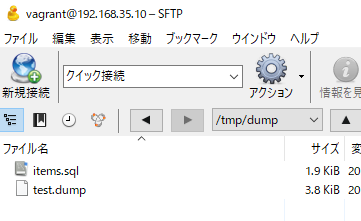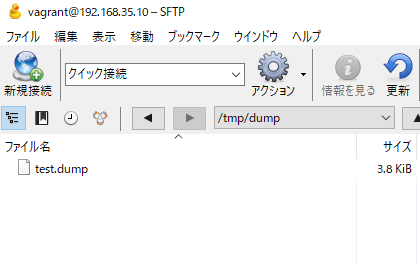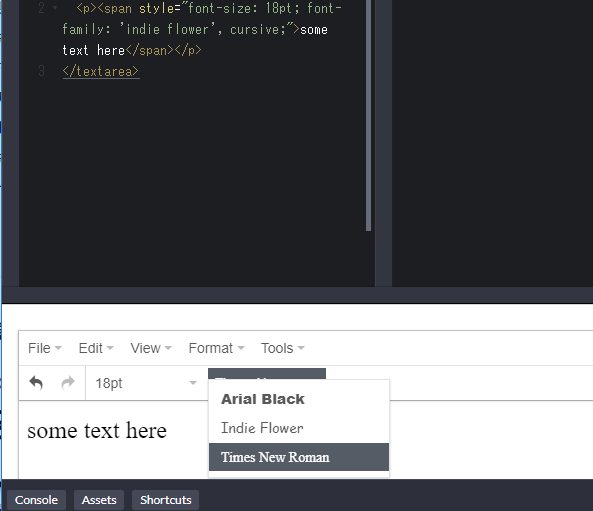Perl has three basic data types: scalars, scalar arrays, and scalar associative arrays. In this context, scalar data refers to simple data such as numbers and strings. Also, as an essential element of programming, there is the concept of variables. Variables are “value containers” that are used to temporarily store various values.
In Perl, there are three variables, scalar variable, array, and associative array respectively, in the form corresponding to each data type, and the scalar variable is the most basic one among them, and stores numerical value and character string can do.
Scalar variable names can start with $ (dollar) + one alphabetic character, and can use numbers, alphabetic characters and underscores thereafter. Also, because it is cause sensitive, $ a and $ A, for example, are treated as different things.
OK
$abc123
$abc_123
NG
$123abc
$abc-123






